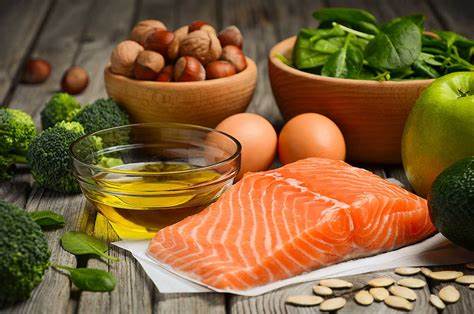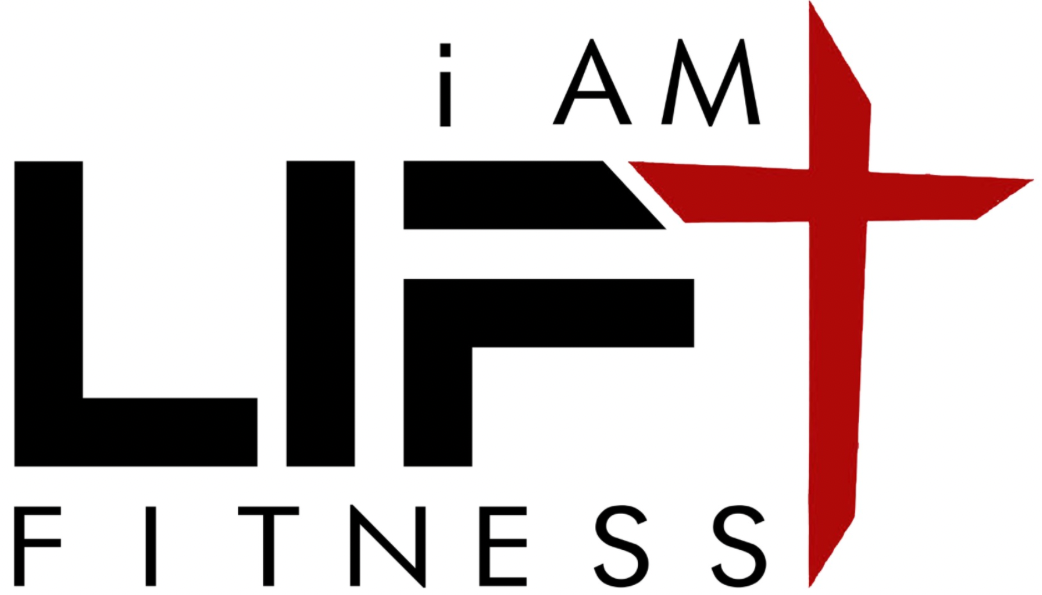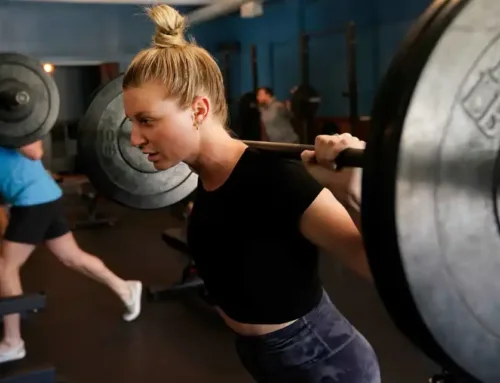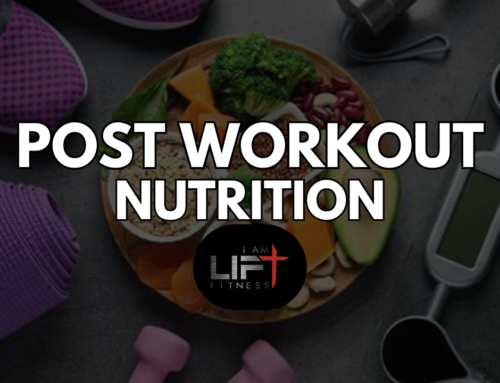Hey friend! Let’s talk about why fats are important in a woman’s diet and how they play a crucial role in women’s nutrition. It’s not just about absorbing vitamins; it’s about understanding the unique role that fats play in the female body.
Women naturally have more fat mass than men, making these fats, also known as lipids, a primary energy source. Eating a sufficient amount of fats makes sense for women to support their energy levels. But it’s not just about energy; healthy fats play a pivotal role in regulating hormones and enhancing exercise endurance for women.

Lipids and Hormones
Now, let’s talk about how this dance of lipids intertwines with the hormonal symphony of the menstrual cycle. This cycle, spanning 21-35 days, involves hormonal peaks and dips, creating a cycle of nutrient needs.
Follicular Phase:
During the follicular phase, which occurs in the first half of the menstrual cycle, estrogen and muscle glycogen levels decrease. This drop signals a need for increased carbohydrate intake, especially as the follicle grows and releases estrogen, reaching its peak in the final days of this phase. The rationale behind boosting carb intake is to prepare the body for ovulation.
However, there’s a delicate balance. While a higher carbohydrate intake leading up to ovulation is beneficial, overconsumption too soon in the follicular phase can lead to inflammation and compromise muscle glycogen utilization. It’s like gearing up for a sprint without exhausting your energy reserves too early.
On the flip side, estrogen, a key player in this phase, has an interesting effect on the body’s fuel preference. It promotes fat oxidation and reduces dependence on carbohydrates. This implies that a lower carbohydrate intake might be suitable for daily use during the follicular phase, aligning with the body’s natural tendencies.
Luteal Phase:
Post-ovulation, women enter the luteal phase, characterized by increased progesterone levels. This phase demands more protein to support heightened protein oxidation. Progesterone, acting as a regulator during this phase, calls for an uptick in both protein and overall energy intake.
Now, here’s where the body’s fat-adapted nature comes into play. Since women are naturally more inclined to use fats for energy, maintaining an adequate overall energy intake through fats becomes crucial during the luteal phase. This synergy ensures that the body has the necessary resources for recovery and sustenance.
Considering the natural rise in progestogens during this phase, active women should be mindful of adjusting their protein intake accordingly. It’s akin to fine-tuning your nutritional intake to match the specific demands of your body’s hormonal fluctuations.
Post-Menopausal Changes:
Post-menopausal women experience significant shifts in body composition. There’s an increase in fat mass and a decrease in lean mass. Enter the hero of this phase – the Mediterranean Diet.
This dietary pattern, rich in fruits, vegetables, whole grains, and healthy fats, steps in to improve lean body mass and cholesterol levels. It’s like a tailored nutritional plan that supports the body through the changes that come with post-menopause.

However, it’s important to note that a high-fat, low-carb diet isn’t the recommended approach for fat reduction in post-menopausal women. Instead, opting for a low-GI (Glycemic Index) diet consisting of fibrous foods is a healthier alternative. This dietary strategy helps maintain stable blood sugar levels, supports weight management, and promotes overall well-being without compromising on essential nutrients.
Exercising and Women
Now, let’s talk about how this nutritional dance intersects with exercise.
Nutritional Dance and Exercise:
The menstrual cycle’s influence on women’s performance is like a subtle choreography, affecting energy utilization and recovery strategies. Given their reliance on fats for energy, women have the ability to become fat-adapted during exercise. This adaptation allows them to metabolize more fat than men, serving as a unique physiological advantage. It’s akin to having a personalized fuel system that taps into an efficient energy source, making women less susceptible to fatigue during prolonged activities.
Understanding how the menstrual cycle impacts exercise performance is crucial. Scheduling strength and endurance training around the cycle can be a strategic move to optimize performance and prevent injuries. This consideration becomes particularly important post-ovulation when there’s an increased susceptibility to inflammation. It’s like tailoring your workout routine to sync with your body’s natural rhythm, minimizing the risk of overexertion and injuries.
Heroes of the Nutritional Tale – Healthy Fats:
Now, let’s shine the spotlight on the nutritional heroes – healthy fats. Omega-3 fatty acids, found in fatty fish and seeds, bring more than just nutrients to the table. They are like the anti-inflammatory guardians that aid in recovery, especially during the heightened inflammation of the follicular phase. It’s like having a team of superheroes that rush in to soothe the body when it needs it the most.

Oils, including extra virgin olive oil and coconut oil, play a pivotal role in the nutritional narrative. They offer a dynamic mix of polyunsaturated fats and antioxidants, acting as nourishing agents for the body. It’s like providing your body with the essential tools it needs for optimal function and recovery.
Soy, with its rich composition of polyunsaturated fats, fiber, and protein, emerges as a game-changer. It extends the length of the menstrual cycle and contributes to lowering the risk of estrogen-based diseases. It’s like incorporating a versatile ally into your nutritional arsenal, addressing multiple aspects of women’s health.
Villains in the Story – Saturated Fats:
No story is complete without its villains, and in the nutritional tale, saturated fats take on this role. Foods like full-fat dairy, fatty red meat, and butter fall into this category. Limiting their intake is crucial due to their disadvantages to gut health. It’s like being mindful of potential disruptors in the nutritional plot, ensuring that the body’s delicate balance isn’t compromised.
In summary, understanding the intricate interplay between nutrition, exercise, and the menstrual cycle empowers women to make informed choices that align with their physiological needs. It’s like crafting a personalized roadmap that not only enhances performance but also supports overall well-being. As women navigate this intricate dance, they can leverage the power of healthy fats as allies, fortifying their nutritional journey while being cautious of the potential villains that could disrupt the harmony.
In summary, healthy fats are not just an addition to any diet; they’re vital, especially for women. Ensure you consume these fats from healthy sources, train hard, and train smart. Your body will thank you for being mindful of this nutritional dance that keeps everything in harmony.




